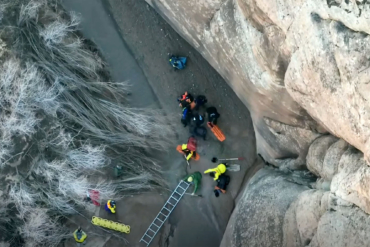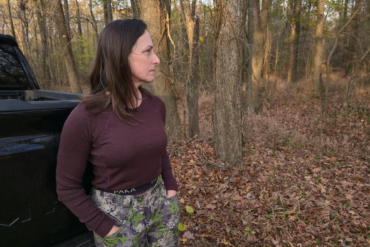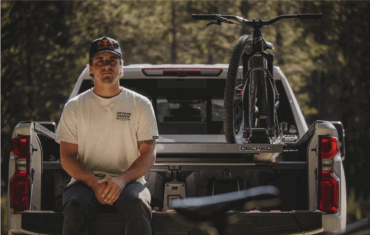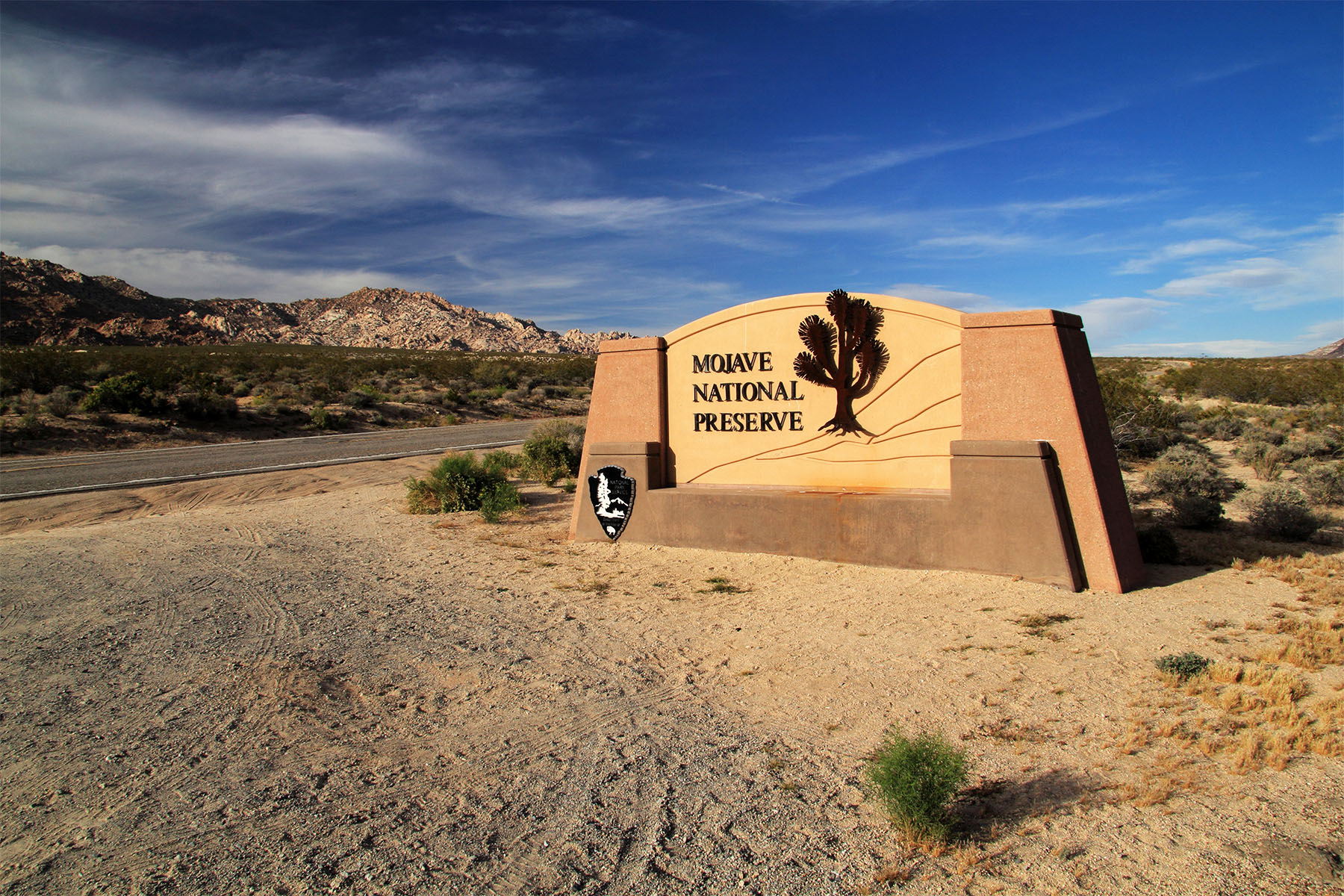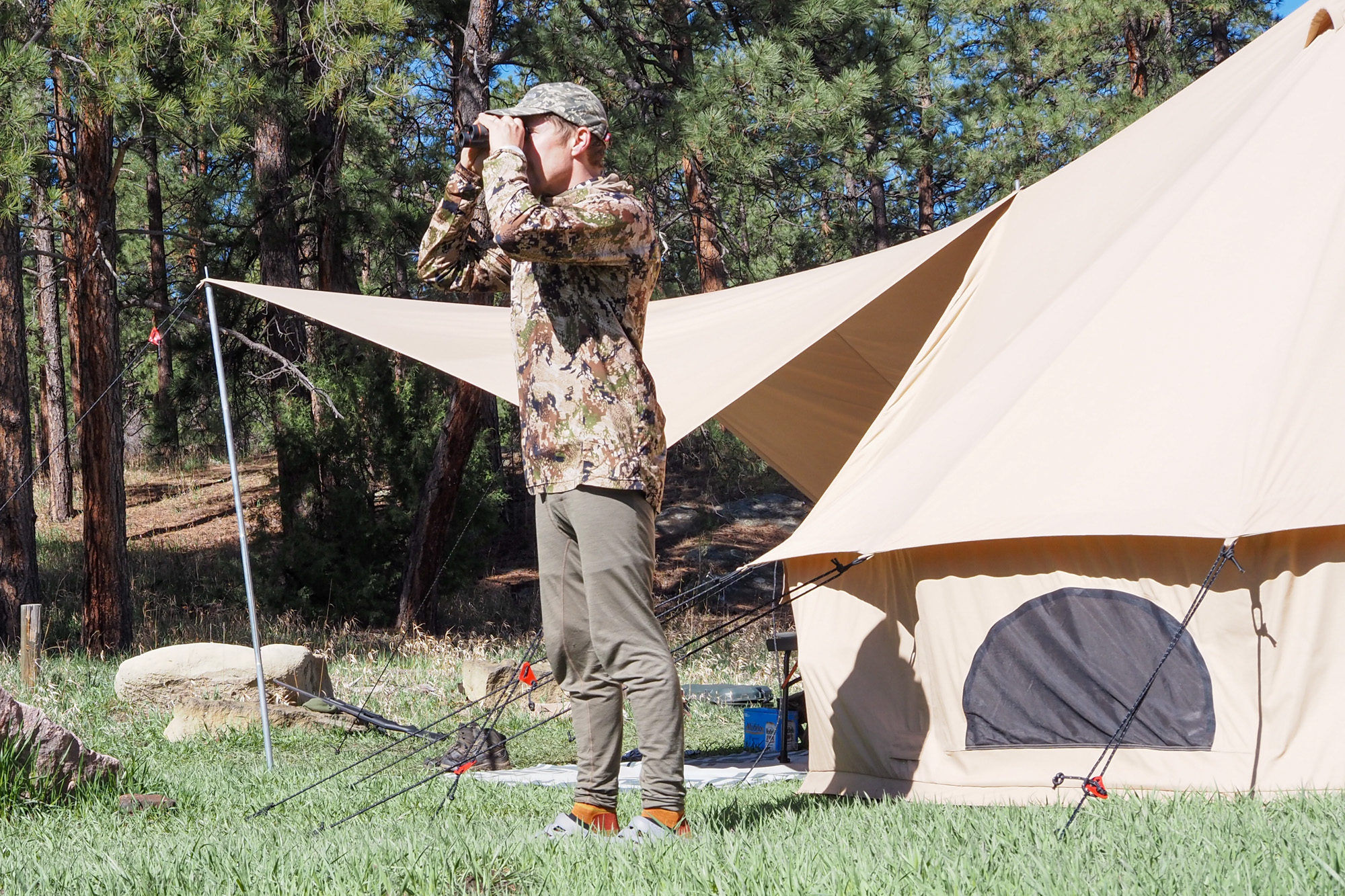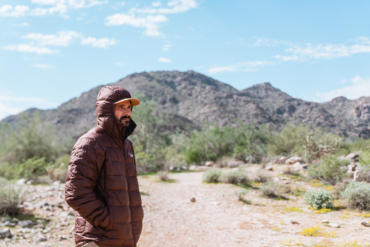Using a whistle increases the distance in which you can communicate with your versatile hunting dog in the field. Here are the basics I’m using to get started.
I fell in love with bird dogs when a beautiful and talented black lab delivered my first mallard to hand. Over the span of a few weeks, I had the opportunity to hunt behind more labs, English setters, and English pointers in fields and in blinds. This was a few years back, but the bug really bit me.
I was getting a bird dog.
Fast forward to now, and I’ve got a 7-month-old Boykin Spaniel named Bob. Boykins are versatile hunting dogs that originated in South Carolina. And they’re more akin to the style of your typical retriever than their spaniel brethren.
You’ll see Boykins competing at the highest levels alongside big bad tough retrievers at half the size. They’re rugged little buggers with big personalities; Bob is no exception.
I began setting Bob’s birdy foundation at 8 weeks. Through clicker training, consistent short sessions, and breaks here and there for a little maturity, Bob is blossoming into one heckuva dog. Bob’s verbal commands have sharpened over the past few months, and we’re moving into his whistle commands.
Why Use a Whistle?

I was hesitant to add a whistle at first. Boykins are known to be close- to medium-range hunters. Why would I need one?
But, then I started considering using American Kennel Club Hunt Tests as a training and refining opportunity for me and Bob. And after watching a few of the higher-level hunt tests, I got it.
Whistles are really the only way you can communicate effectively at distance with your dog. After about 50 yards, the audio just doesn’t carry.
The dog won’t be able to hear you if they’re paddling in the water. And if the wind picks up, forget about it. Plus, with all that yelling, you won’t have much of a voice after a long weekend of hunting.
So, a whistle it is. I’m starting with a basic plastic pea whistle (it’s what I’ve got). I’ll likely add a pealess whistle like the SportDog Mega Whistle ($15) to my arsenal here shortly.
Whistles with peas tend to freeze in the cold, and metal whistles can do that wonderful thing where they freeze to your lips. No thanks.
The Two Basic Commands for a Dog Whistle
I’m not going to pretend to be a know-it-all when it comes to dog whistles. But, there are two general basics that trainers tend to use to prep their retrievers for fieldwork. You can start whistle training your pup as early as 4 to 5 months, or as long as their verbal commands are up to snuff.
You can also teach your dog a different sequence than what I’m teaching. The key is to be consistent. Once you’ve conditioned a behavior, you keep it conditioned with consistency. So, however you teach the following commands, stick with ’em.
I’ve included a great how-to video for each command from professional gun dog trainers that utilize these methods.
Sitting on a Whistle
The first main command I’m teaching Bob in our whistle work with is the one-toot sit command.
On land, one toot of the whistle means to sit and wait for the next command. In the water, the sit command asks the dog to look back at you and tread for a moment prior to you giving another command.
Whether that’s telling him to go a different direction (casting the dog) on a blind retrieve or simply asking him to stay put for a moment due to a safety issue, the sit command is vital for a hunting retriever. This can also serve you well when your dog locates birds on land and they need to sit to wait for the guns to arrive.
Recall With a Whistle
The second main command Bob is learning is the multiple-toot recall. For my dogs, recall means they come back all the way to my feet. It doesn’t mean they check in and bounce away. It’s a true “here.” The same goes for the whistle.
Anytime you tweet multiple times at speed, your dog should deliver himself at your feet. If you’re lucky, he might have a bird in his mouth.
But regardless of what he’s carrying, the recall whistle serves as his homing device, wherever he is, whatever he’s up to.
Additional Whistle Commands
I’ve seen professional trainers use more whistle commands for a variety of reasons. A two-toot command can release the dog, whereas a long, drawn-out whistle “draws” the dog toward the handler for a new command.
Herding dogs are taught a lot of whistle commands that dictate directions, speed, where to look, lie down, get up, and more, depending on the needs of the herder.
So really, there’s no limit to how you can use a whistle to communicate with your dog.
Final Thoughts on Teaching Whistle Commands
The above video shows the finished product of some basic whistle commands that tie everything together for a hunt test, and it’s just fun to watch a good dog work in tandem with its partner.
Beyond simply training to the whistle is something that I think is exceedingly important for every dog and owner, and that’s the kind of relationship that happens when you can trust your dog to keep his end of the bargain.
This trust lends itself not only to hunting scenarios that will be much easier to navigate but also to the ability to recall your dog in a dangerous situation or trust your dog to stay for a moment while you get something done.
A dog well-versed in the human world of communication is a joy and a pleasure to live, work, and play with. And a dog who can lean into his natural instincts while shaping them to the needs of his human makes for a heck of a life partner.
Teaching the whistle not only amps up your communication with your dog in hunting or trial scenarios, but it also builds a better, stronger partnership for you and your pup. What’s better than that?




